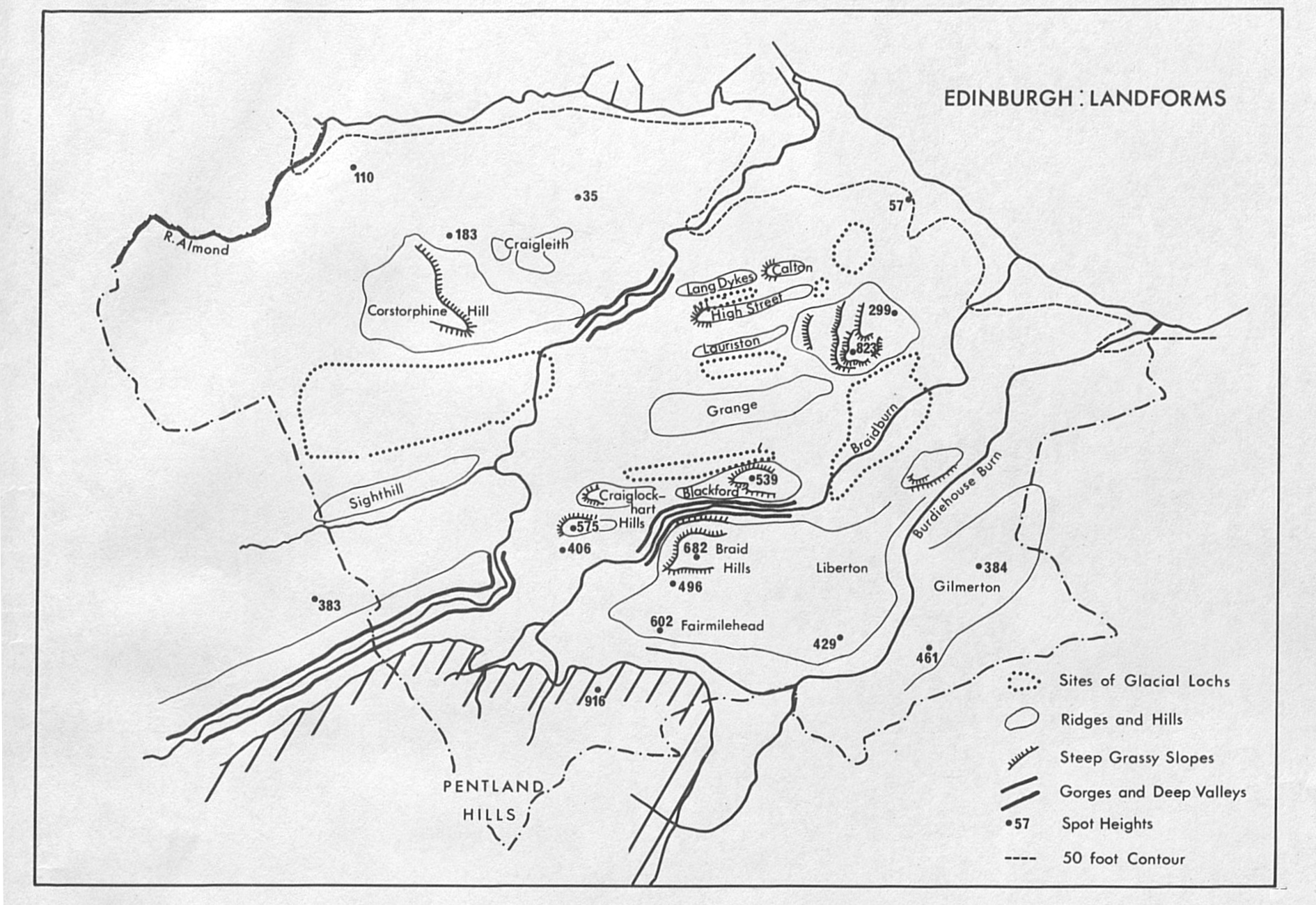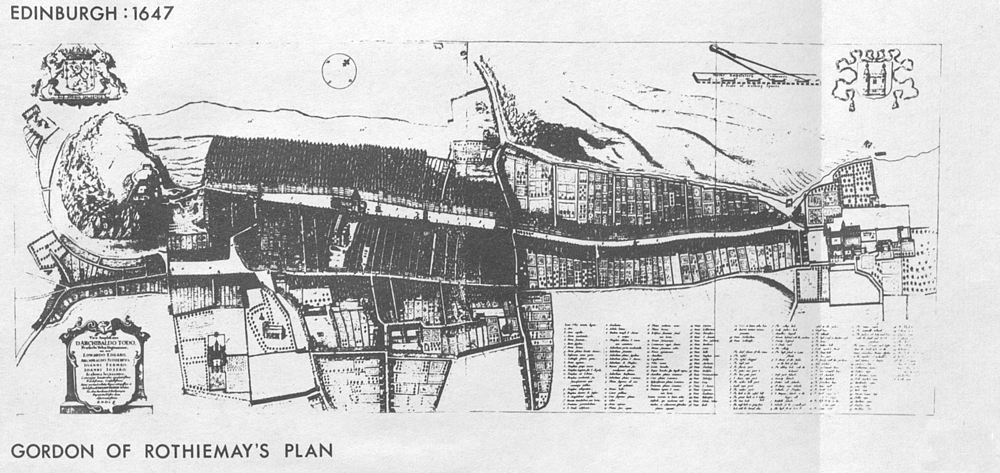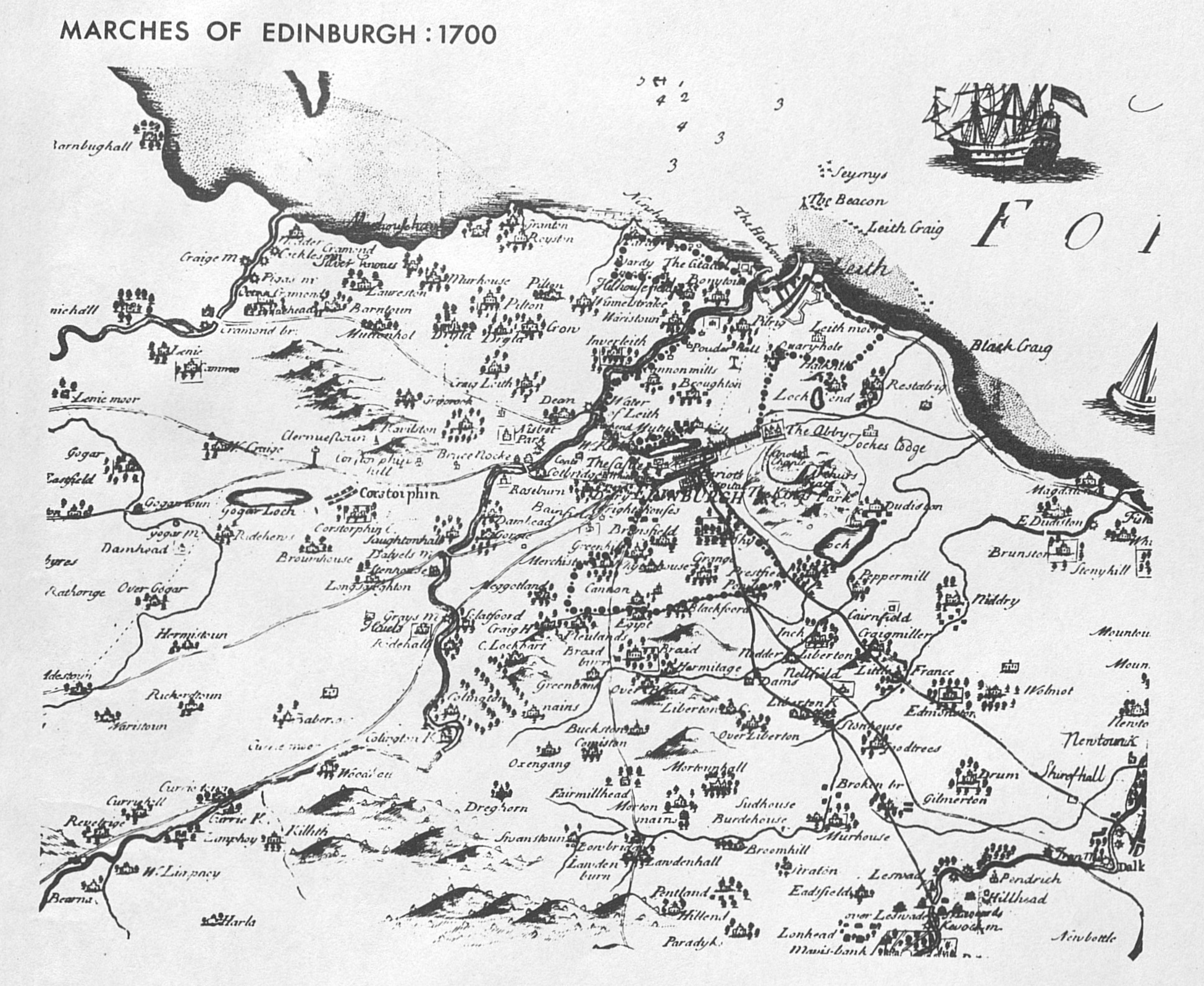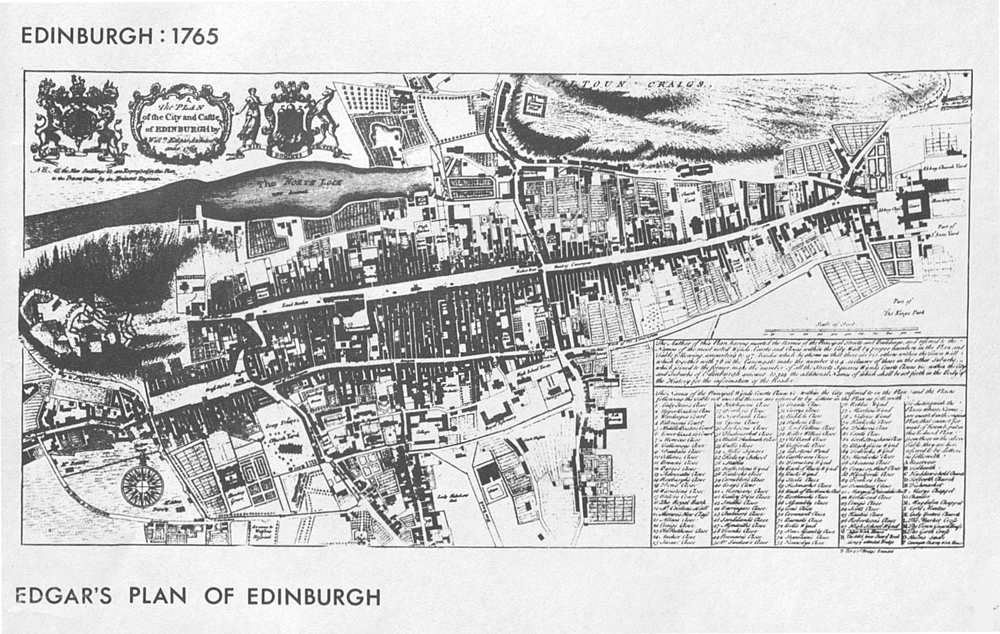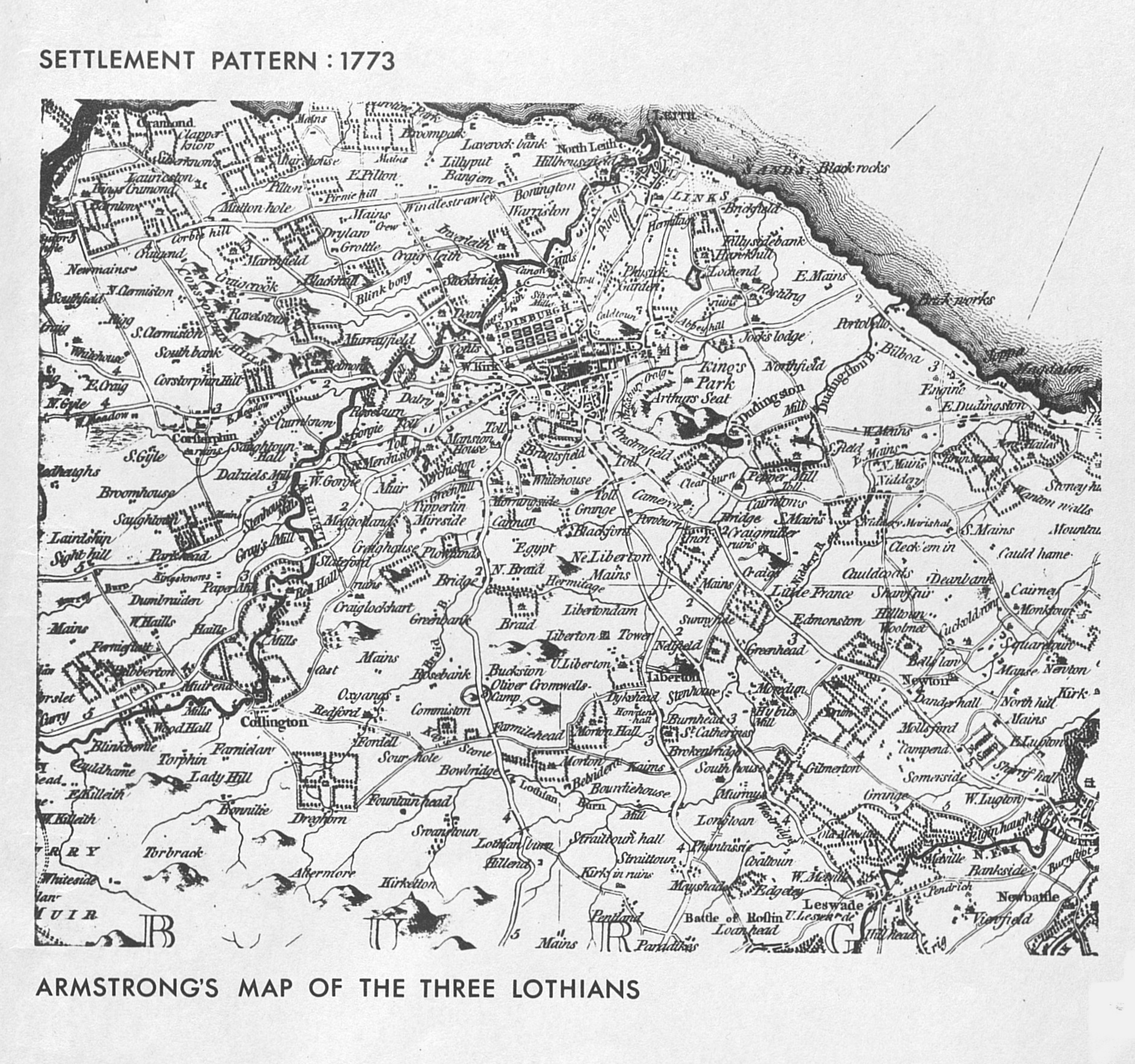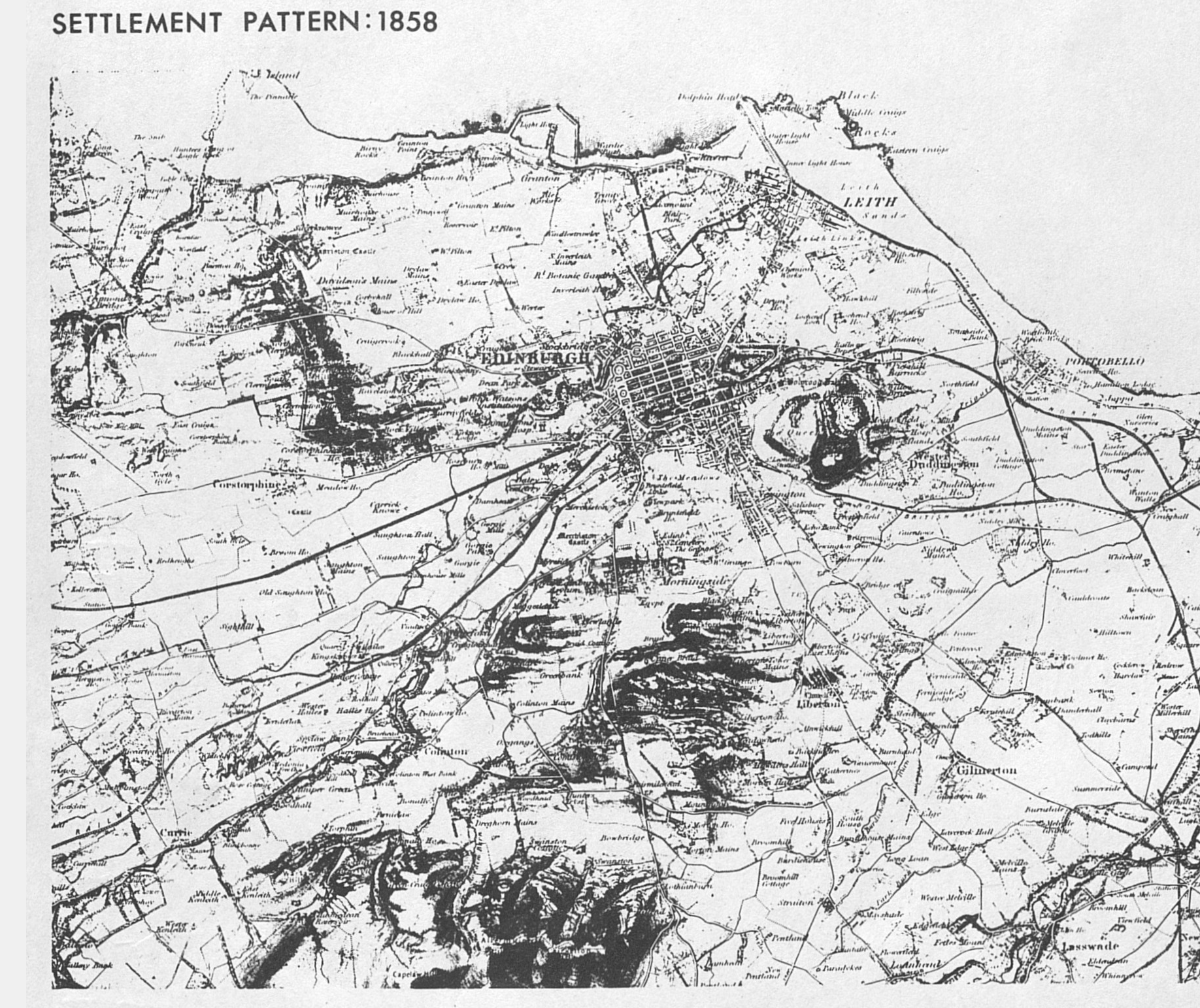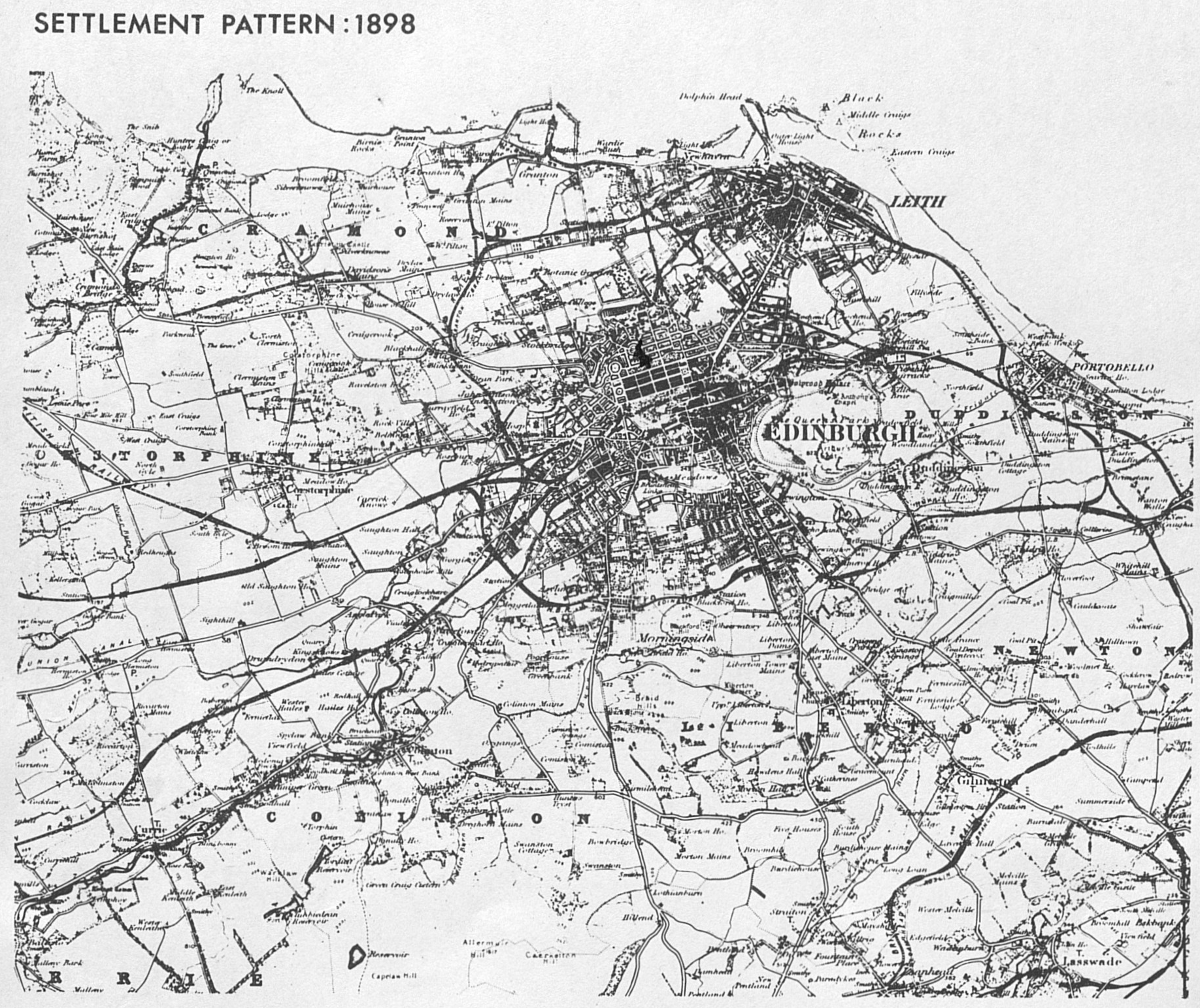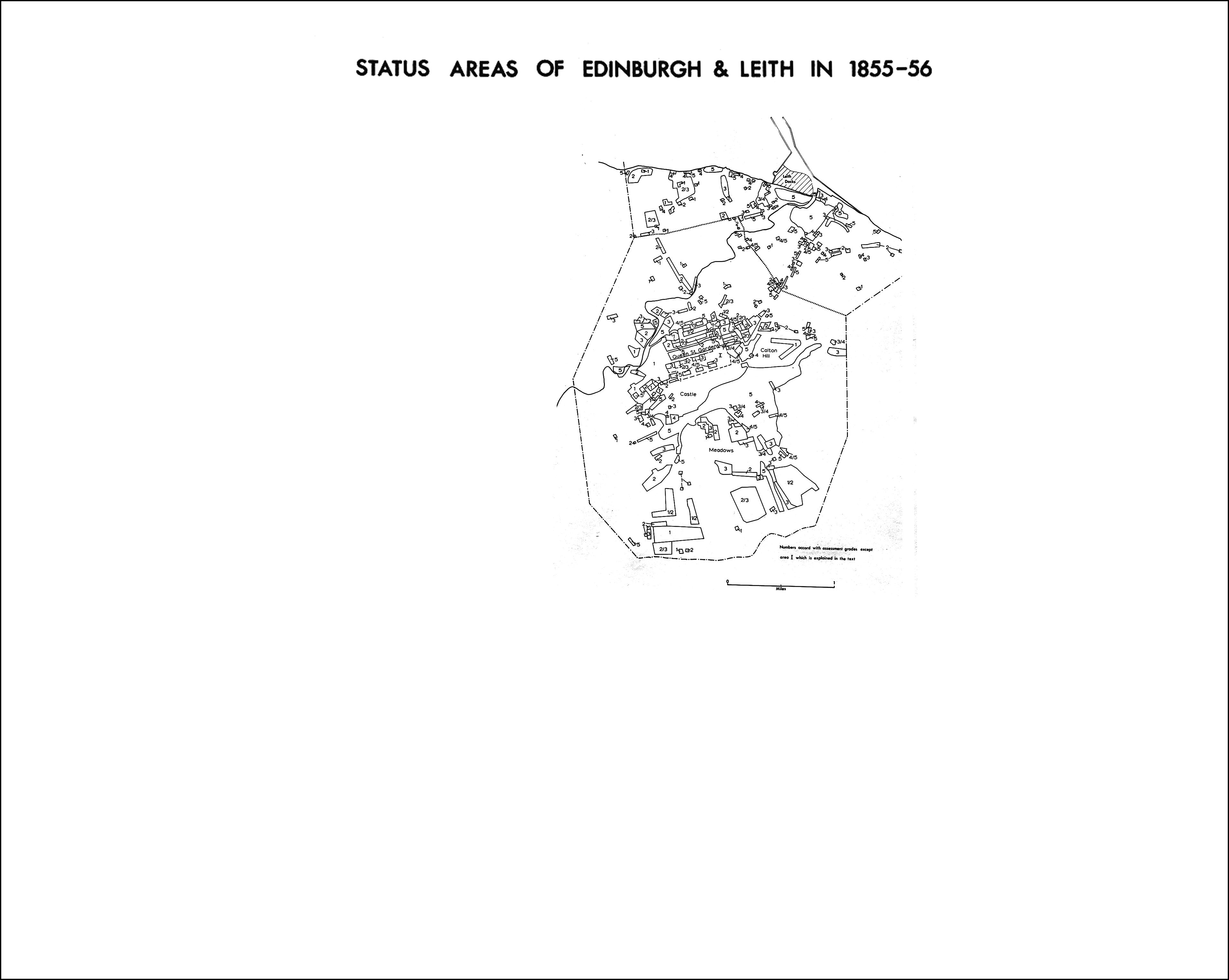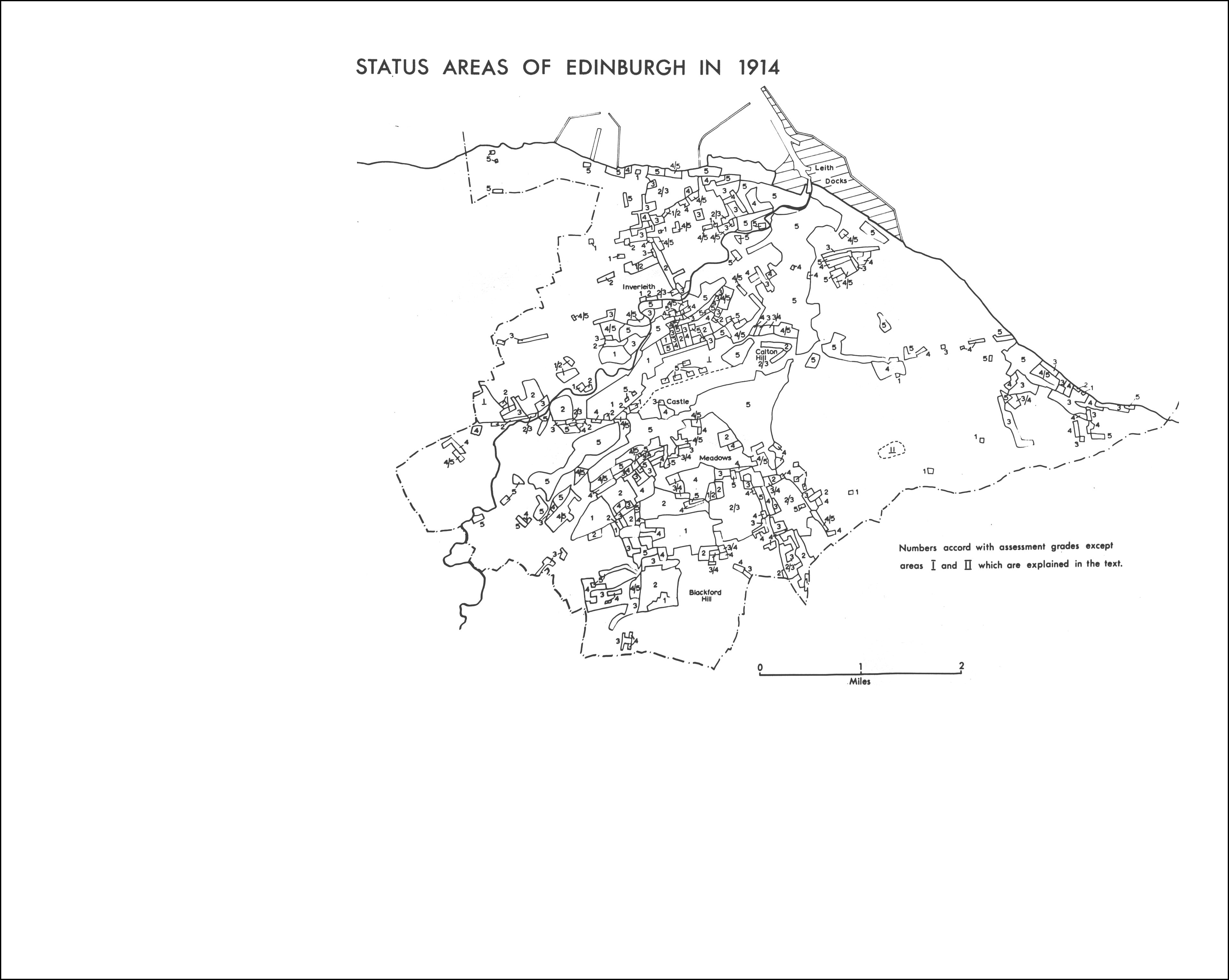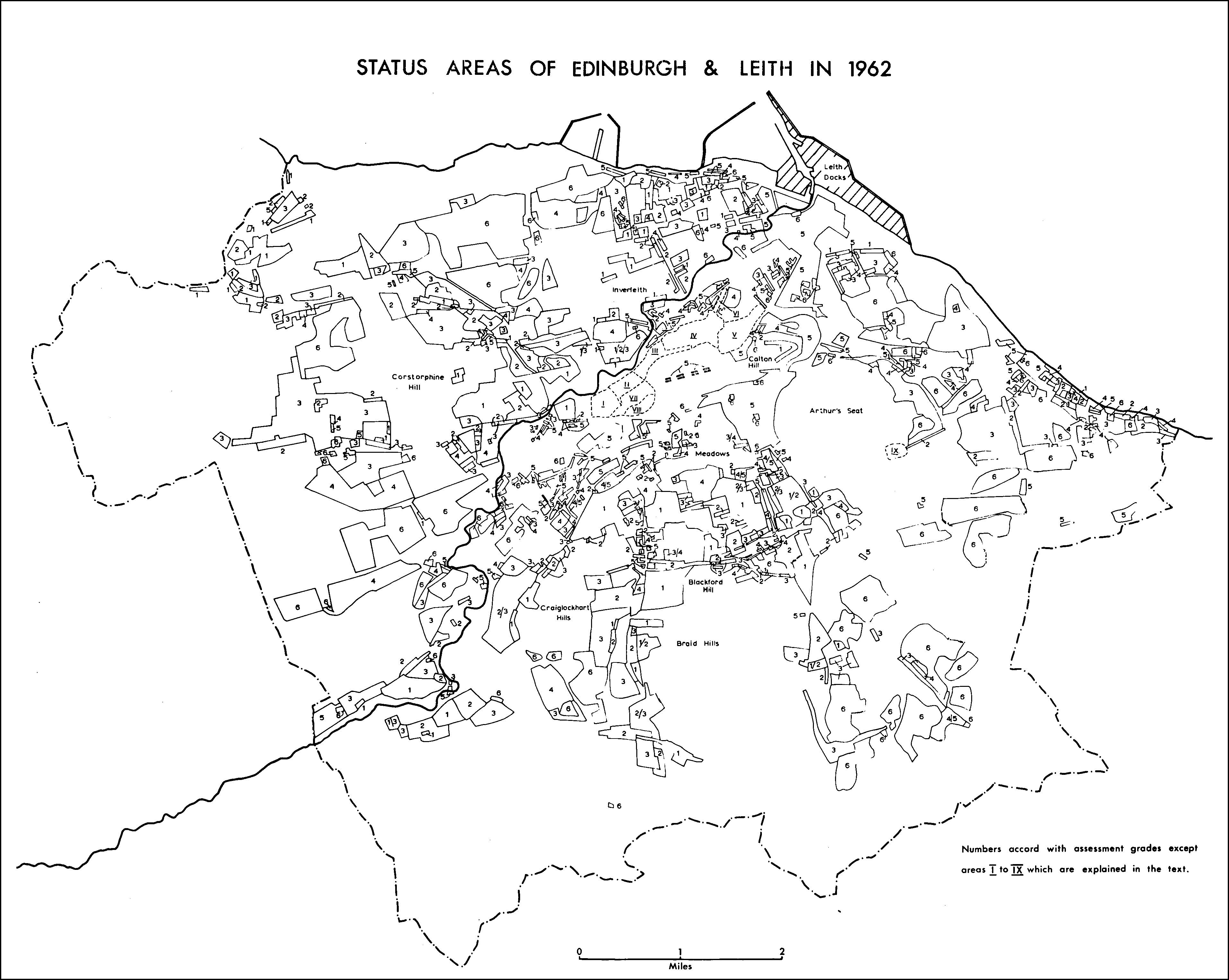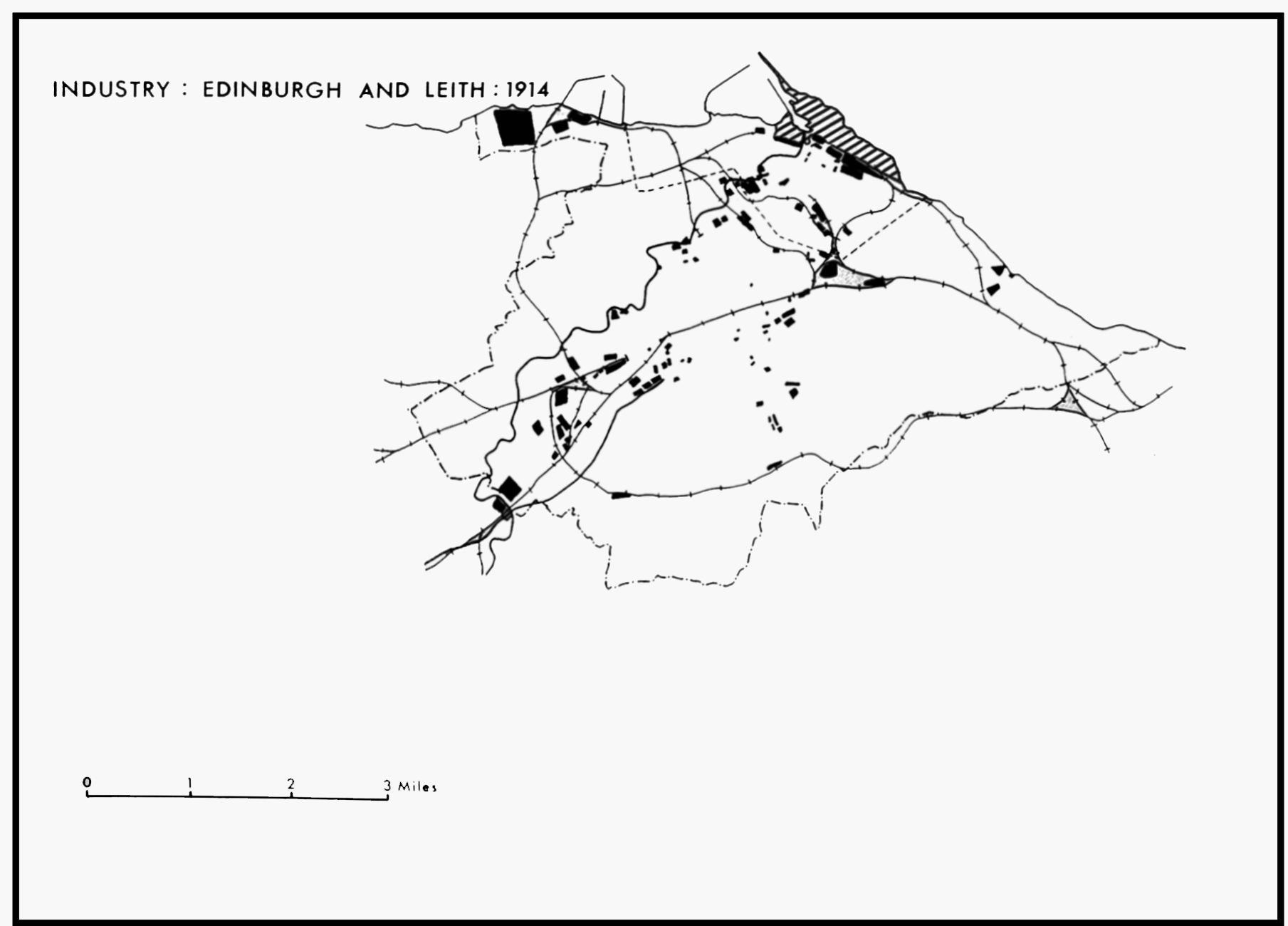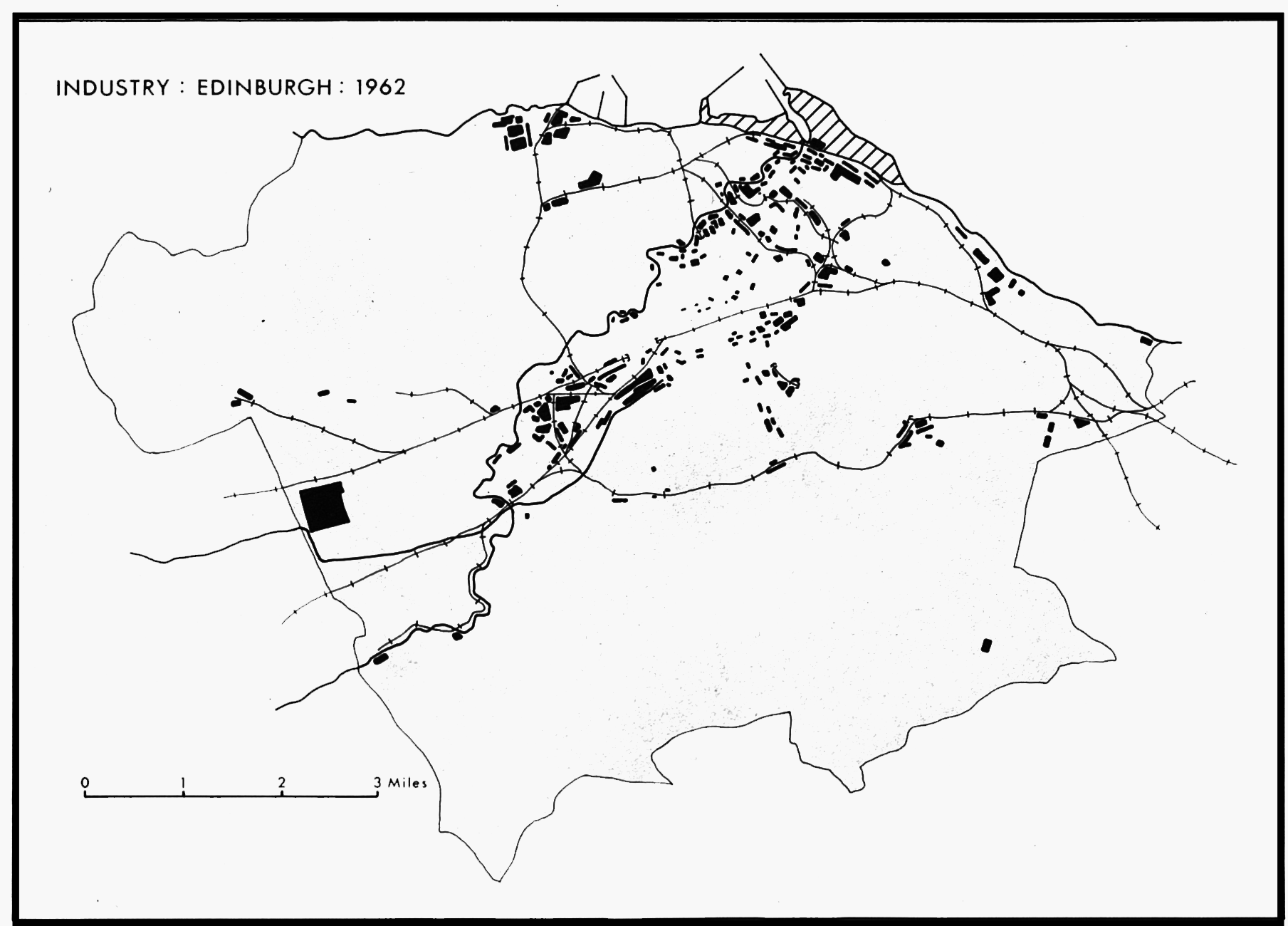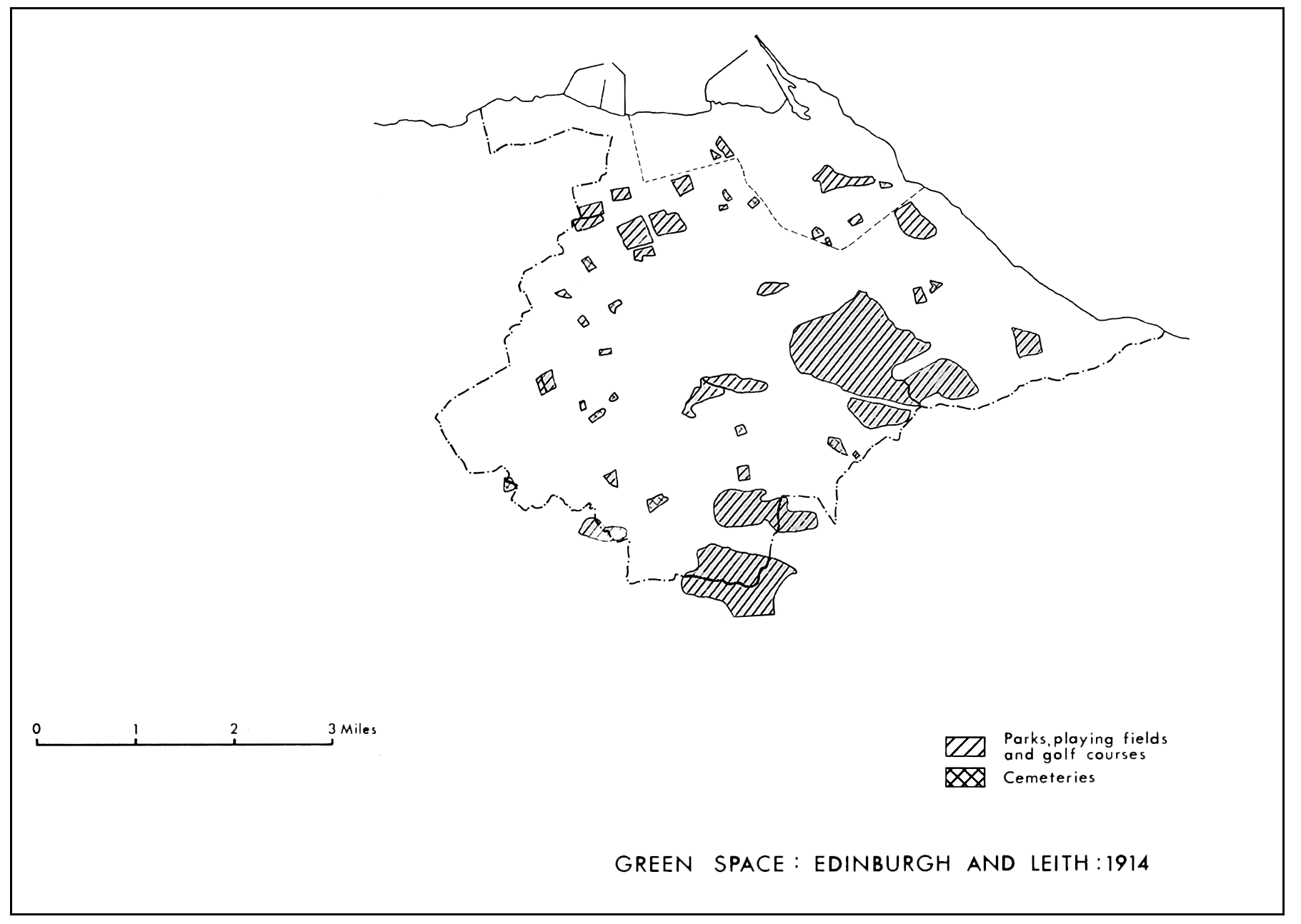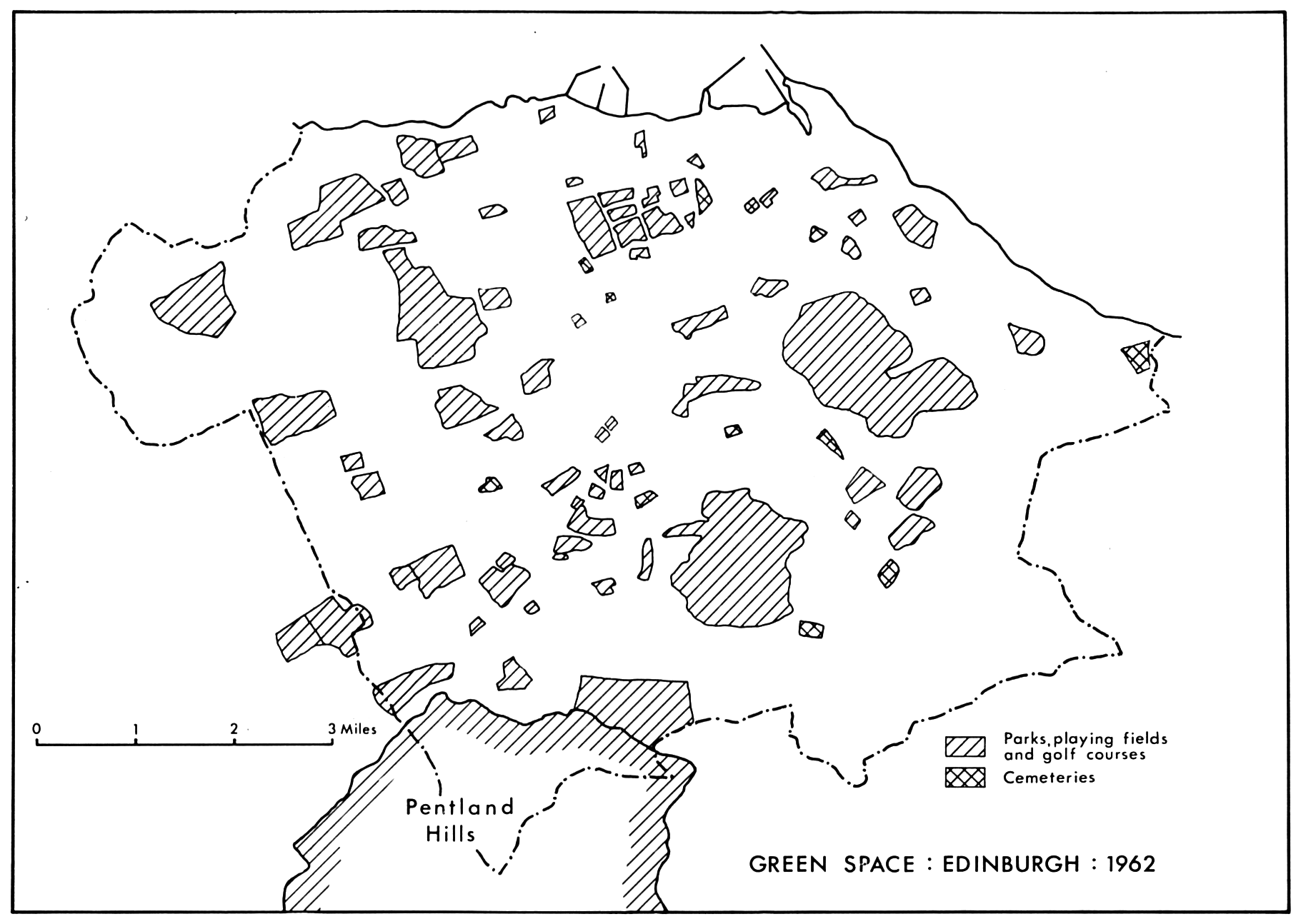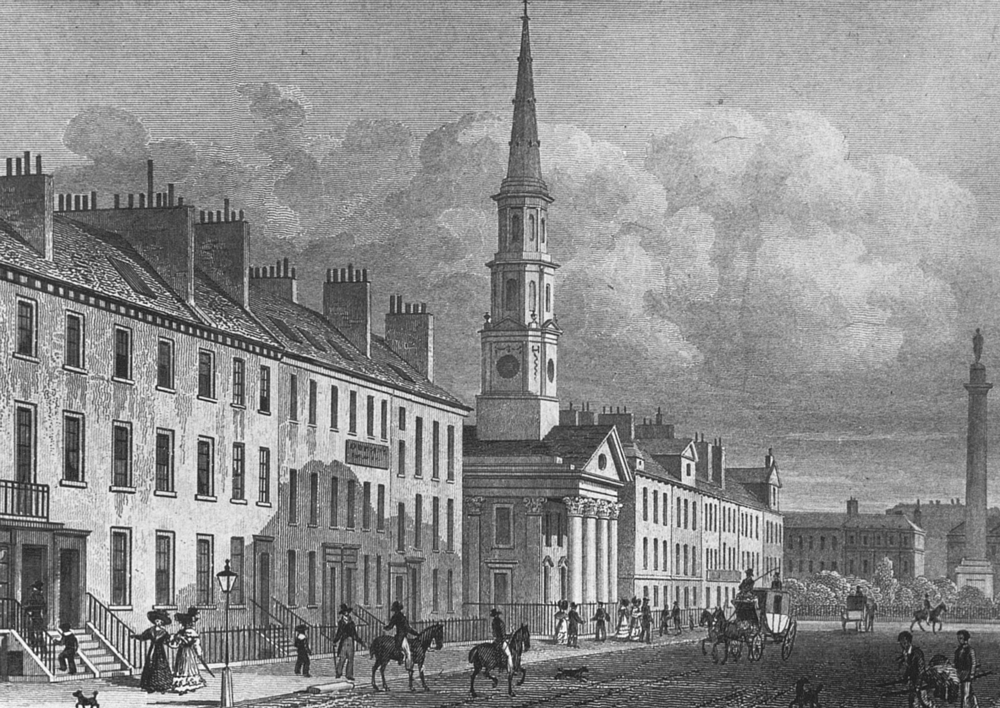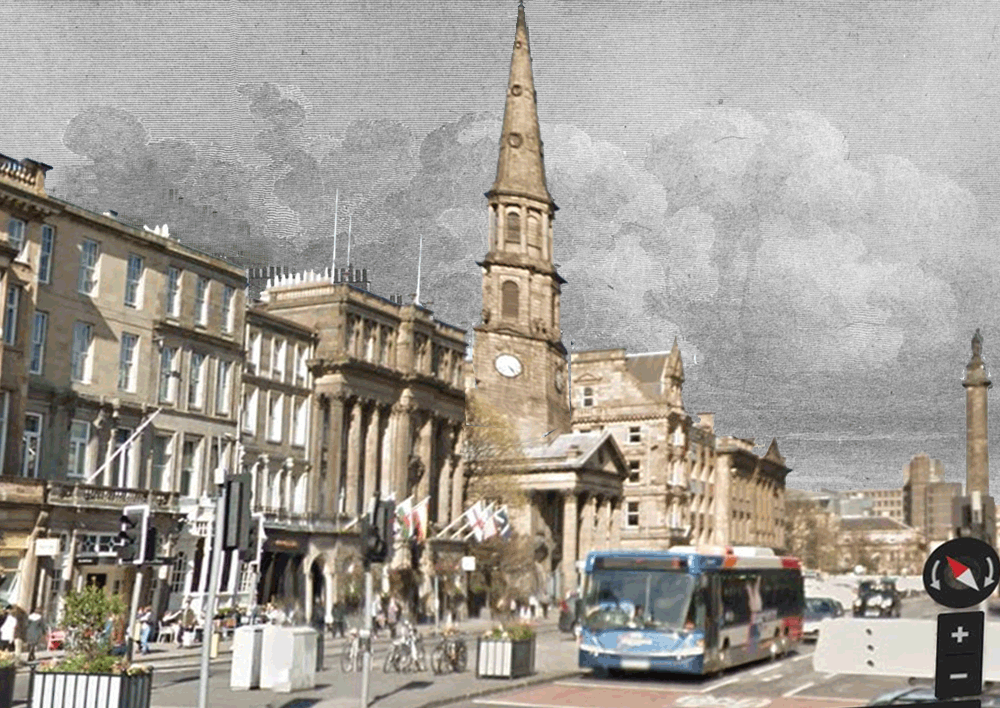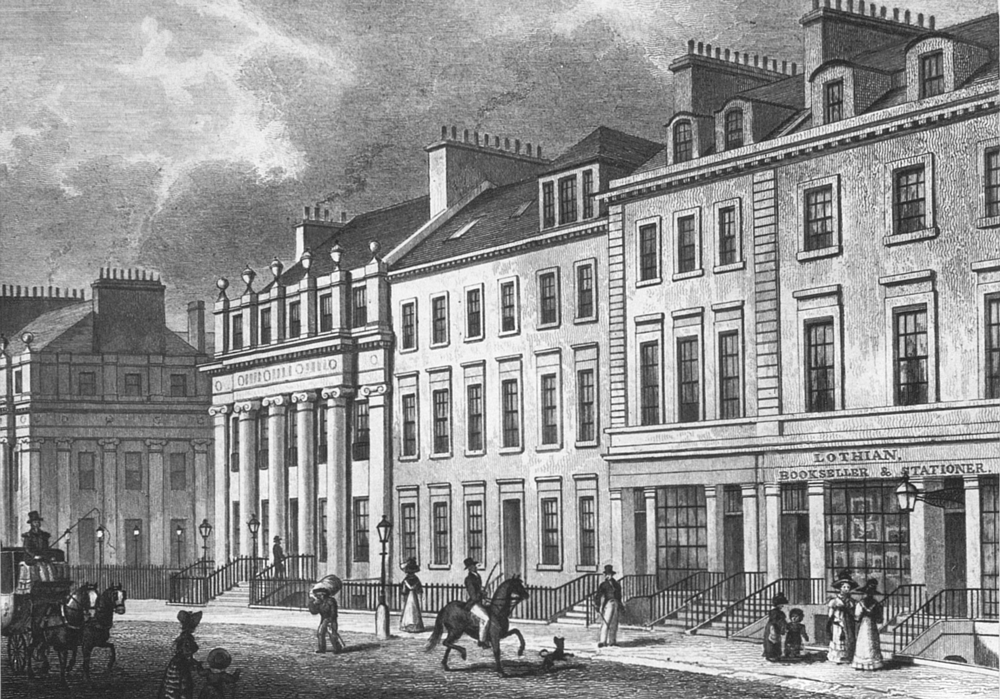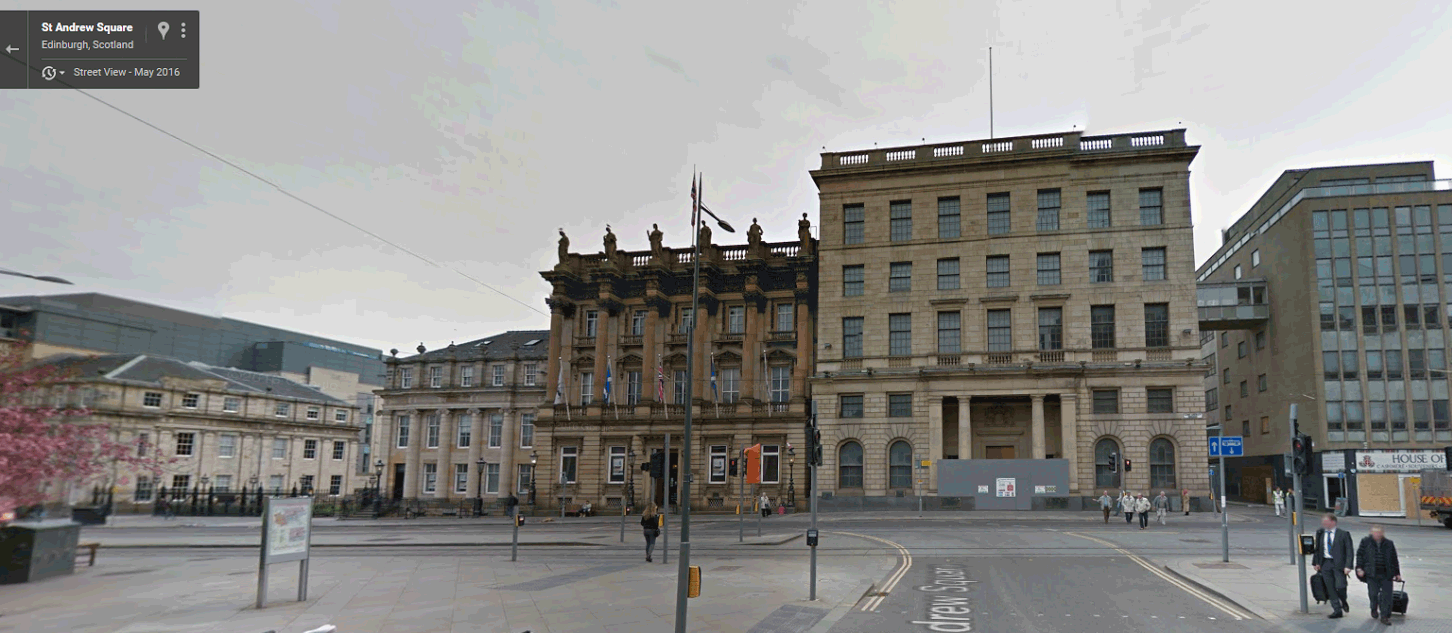[Click images for full-size view]
This study is concerned with examining the evolution of status areas in the context of Edinburgh. Status areas were defined in three period analyses in 1855, 1914 and 1962…
(Gordon, 1971, vol.1:(i))
Only the second volume of this thesis was able to be scanned at this time, and so the many maps, charts, and illustrations it contained were all discovered without the context of the main volume. Despite this, they still provide evocative snapshots of a former time.
Invisible Cities (Calvino, 1972/1974) also examines how cities change, and how they must continue to change lest they become a dead city, like Troy. Each of the snapshots below, shows a very different city with different characters and different purposes, of different smells and appearances, and very different populations: “cities of delight and desire, cities tinged with regrets, vibrant cities, failing cities, seemingly impossible cities that defy logic and time” (Yuen, 2015) and each pretending to the same name and approximate location of ‘Edinburgh’.
——————————————
[Click images for full-size view]
“… but she had the feeling she’d dreamed of lost cities: literally, lost cities inside other lost cities, all ambulating over an impenetrable surface.”
(Herrera, 2009/2015, p. 33)
[Click images for full-size view]
[Click link for interactive 1647/1765 comparison]
[Click images for full-size view]
[Click images for full-size view]
[Click images for full-size view]
[Click images for full-size view]
[Click images for full-size view]
[Click link for interactive 1858/1898 comparison]
——————————————
“And the more the new city settled triumphantly into the place and the name of the first Clarice, the more it realized it was moving away from it, destroying it no less rapidly than the rats and the mold. Despite its pride in its new wealth, the city, at heart, felt itself incongruous, alien, a usurper.”
(Calvino, 1972/1974, p. 107-108)
[Click images for full-size view]
[Click images for full-size view]
[Click images for full-size view]
[Click link for interactive 1914/1962 comparison]
——————————————
“THE GLORIOUS city, has a tormented history. Several times it decayed, then burgeoned again, always keeping the first Clarice as an unparalleled model of every splendor, compared to which the city’s present state can only cause more sighs at every fading of the stars.”
(Calvino, 1972/1974, p. 108)
[Click images for full-size view]
[Click images for full-size view]
[Click link for interactive 1914/1962 comparison]
——————————————
[Click images for full-size view]
[Click images for full-size view]
[Click link for interactive 1914/1962 comparison]
——————————————
“If the traveler does not wish to disappoint the inhabitants, he must praise the postcard city and prefer it to the present one, though he must be careful to contain his regret at the changes within definite limits: admitting that the magnificence and prosperity of the metropolis Maurilia, when compared to the old, provincial Maurilia, cannot compensate for a certain lost grace, which, however, can be appreciated only now in the old postcards, whereas before, when that provincial Maurilia was before one’s eyes, one saw absolutely nothing graceful and would see it even less today, if Maurilia had remained unchanged; and in any case the metropolis has the added attraction that, through what it has become, one can look back with nostalgia at what it was.”
(Calvino, 1972/1974, p. 30-31)
[Click images for full-size view]
George Street, St. Andrew’s Church and Ld. Melville’s Monument, Edinburgh.
Drawn by Thomas Hosmer Shepherd. Engraved by T. Barber. Published January. 1, 1829. (Victoria and Albert Museum).
[Click images for full-size view]
[Click link for interactive 1647/1765 comparison]
50 Hanover St., Edinburgh.
Google Street View. April 2016.
[Click images for full-size view]
East side of St. Andrew Square, Edinburgh.
Drawn by Thomas Hosmer Shepherd. Engraved by T. Barber. Published 1833.
[Click images for full-size view]
St Andrew Square, Edinburgh.
Google Street View. May 2016.
“It is pointless to ask whether the new ones are better or worse than the old, since there is no connection between them, just as the old postcards do not depict Maurilia as it was, but a different city which, by chance, was called Maurilia, like this one.”
(Calvino, 1972/1974, p. 30)
——————————————
Calvino. I. (1974). Invisible Cities (W. Weaver, Trans.). London: Vintage Classics. (1972). Gordon, G. (1971). The Status Areas Of Edinburgh: A Historical Analysis, 2 Vols. (Unpublished doctoral thesis). University of Edinburgh. Herrera, Y. (2015). Signs Preceding The End Of The World (L. Dillman, Trans.). London: And Other Stories. (2009) Yuen, I. (2015, June 21). Place and Memory: Italo Calvino’s Invisible Cities. Retrieved October 12, 2016, from https://ekostories.com/2015/06/21/italo-calvino-invisible-cities/.
All images featured in this blog post are taken from PhD theses available on the Edinburgh Research Archive (ERA). More information on ERA’s takedown policy can be found at http://www.ed.ac.uk/information-services/research-support/publish-research/scholarly-communications/sct-policies/sct-policies-take-down


